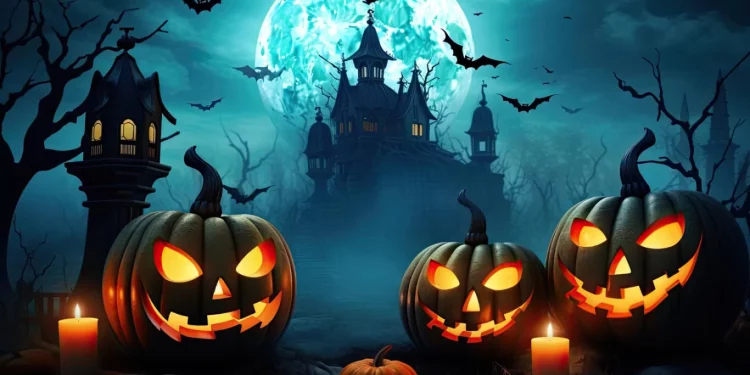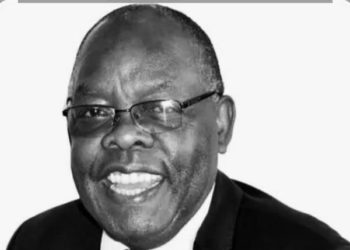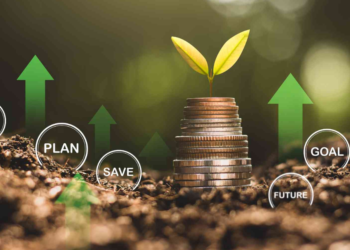Every October 31st, we transform our homes and ourselves, welcoming a night where ghosts and goblins roam, and pumpkins glow from every doorstep. Halloween, rooted in ancient Celtic traditions, has blossomed into a beloved celebration that spans cultures and continents. Beneath the costumes, candy, and haunted houses lies something deeper—a collective embrace of mystery, creativity, and connection that feels especially essential in today’s world.
Halloween’s origins trace back over 2,000 years to the Celtic festival of Samhain, a sacred time marking the end of harvest and the dawn of winter’s dark. To the Celts, this was a “thin” time, when the veil between the living and the dead was porous. People would dress in animal skins and light bonfires to ward off any wandering spirits that crossed over. These early traditions weren’t about fear so much as reverence—a ritual to acknowledge forces beyond human understanding and to honor the cyclical nature of life and death.
With time, as Christianity spread, the festival of Samhain transformed into All Saints’ Day on November 1st, with the preceding night—All Hallows’ Eve—becoming Halloween. When Irish immigrants brought their customs to America, they blended with other traditions to create a uniquely American holiday. Today, Halloween has evolved into a celebration that reflects the spirit of its origins while inviting each generation to reimagine it in their own way.
At its heart, Halloween offers a rare invitation: to explore the unknown. In a society often obsessed with logic, productivity, and order, Halloween opens a door to the eerie, the imaginative, and even the absurd. Costumes, for instance, allow us to experiment with identities—something most people don’t often get to do. By dressing up as our favorite characters or fears, we step outside our daily roles, gaining a unique sense of liberation. This isn’t merely escapism; it’s a reminder of our inherent fluidity, that we are more than our routines and responsibilities.
The essence of Halloween also lies in its gentle confrontation with fear. Whether we’re walking through haunted houses, watching horror movies, or simply delighting in the eerie atmosphere, Halloween allows us to confront our anxieties in a controlled way. It’s a safe space to face the unknown, to laugh at our fear, and to gain a bit of courage to take back into daily life. In a world filled with uncertainties—political turmoil, economic instability, climate change—Halloween’s thrill feels like a rehearsal, a reminder that we can confront the frightening and come out the other side, maybe even with a smile.
But beyond the thrill, Halloween also brings us together. Trick-or-treating turns neighborhoods into bustling communities, with strangers greeting each other at decorated doorsteps. It’s a holiday where the simple act of handing out candy creates connections, where neighbors open their doors and offer treats to children with open hands and open hearts. This small ritual reinforces community ties, reminding us of our shared humanity.
Today, in the digital age, Halloween continues to evolve. We see viral costume ideas on social media, watch live streams of haunted attractions, and join virtual Halloween parties. Yet, the core of Halloween remains timeless: it’s a day when the ordinary transforms, and even the most skeptical among us can find a bit of wonder in the shadows.
Halloween’s enduring appeal lies in its balance of playfulness and reflection. It lets us indulge our creativity, confront our fears, and reconnect with each other. In an increasingly busy and complex world, Halloween reminds us to pause and embrace a little magic—a fleeting reminder that life is richer when we dare to step into the unknown.
















